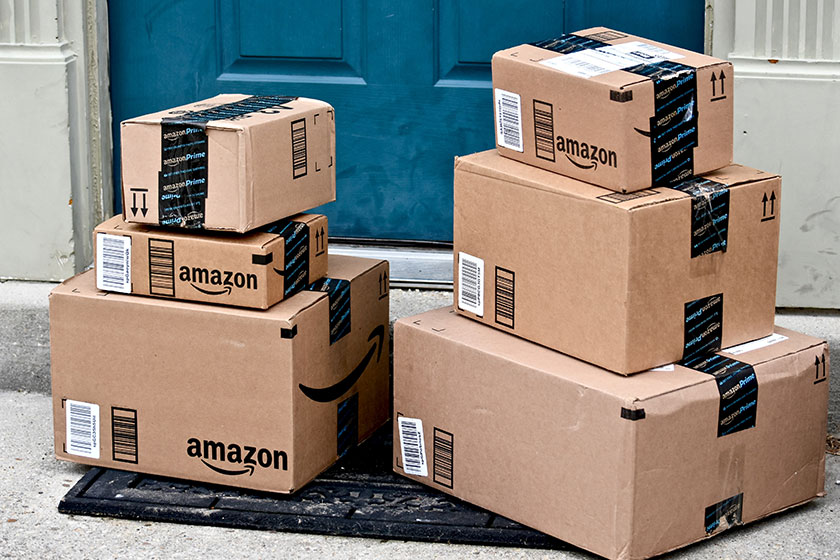Amazon FBA Fees Explained: How Much Do They Cost?

Amazon's Fulfillment by Amazon (FBA) service provides immense value to sellers, taking the burden of logistics off their shoulders. However, these benefits come at a cost, and understanding Amazon FBA fees is crucial to accurately price your products and manage profitability. Keep reading to learn more about this subject and discover valuable insights that will help you run your business smoother.
A Breakdown of Amazon FBA Fees
The cost structure for Amazon's FBA service is primarily composed of two categories: fulfillment fees and storage fees.
Fulfillment fees are per-unit costs that cover picking and packing your orders, shipping and handling, customer service, and product returns. These fees vary based on the weight and dimensions of the item. Products are typically categorized as either 'standard-size' or 'oversize', with the latter having higher fees due to the increased logistics requirements.
Storage fees, on the other hand, are charged for storing your products in Amazon's warehouses. These fees are calculated based on the volume (in cubic feet) of your products and vary throughout the year. Generally, storage fees are higher during the October-December holiday season due to increased demand for warehouse space.
How to Calculate Your Amazon FBA Fees
To estimate your Amazon FBA fees, you can use the FBA revenue calculator, a tool provided by Amazon that allows sellers to estimate their potential profits. To use this tool, you'll need to enter your product's details, including its size and weight, along with your costs and selling price.
The calculator will then provide an estimate of your fulfillment and storage fees and compare these to the potential profit if you were to fulfill the order yourself. It's important to remember that this tool only provides an estimate and the actual fees may vary slightly.
Strategizing to Minimize Your FBA Costs
Understanding Amazon FBA fees is just the first step; the next is devising a strategy to minimize these costs. For example, optimizing your product's packaging can reduce its dimensions and weight, leading to lower fulfillment fees. Similarly, efficient inventory management can help minimize your storage costs by preventing excess stock from lingering in Amazon's warehouses, especially during the higher-fee holiday season.
Another key strategy is adjusting your product pricing. If the FBA fees are cutting into your profit margins more than expected, it might be necessary to increase your product's selling price. However, it's essential to do this cautiously, as a price increase can potentially affect your product's competitiveness in the market.
The Impact of FBA Fees on Profitability
Amazon FBA fees, while being an additional expense, contribute significantly to providing a seamless selling experience. They eliminate the hassle of logistics, allowing sellers to focus on product sourcing, marketing, and customer relations. While these fees can affect profitability, strategic pricing, optimized packaging, and efficient inventory management can offset these costs.
In conclusion, understanding Amazon FBA fees is an essential part of selling on Amazon. By taking the time to understand these costs and utilizing tools like the FBA revenue calculator, sellers can effectively price their products and strategize to maximize profitability. In the dynamic landscape of Amazon selling, understanding and efficiently managing these fees can provide a competitive edge.
